Albert Renger-Patzsch
Things
17 Oct 2017 - 21 Jan 2018
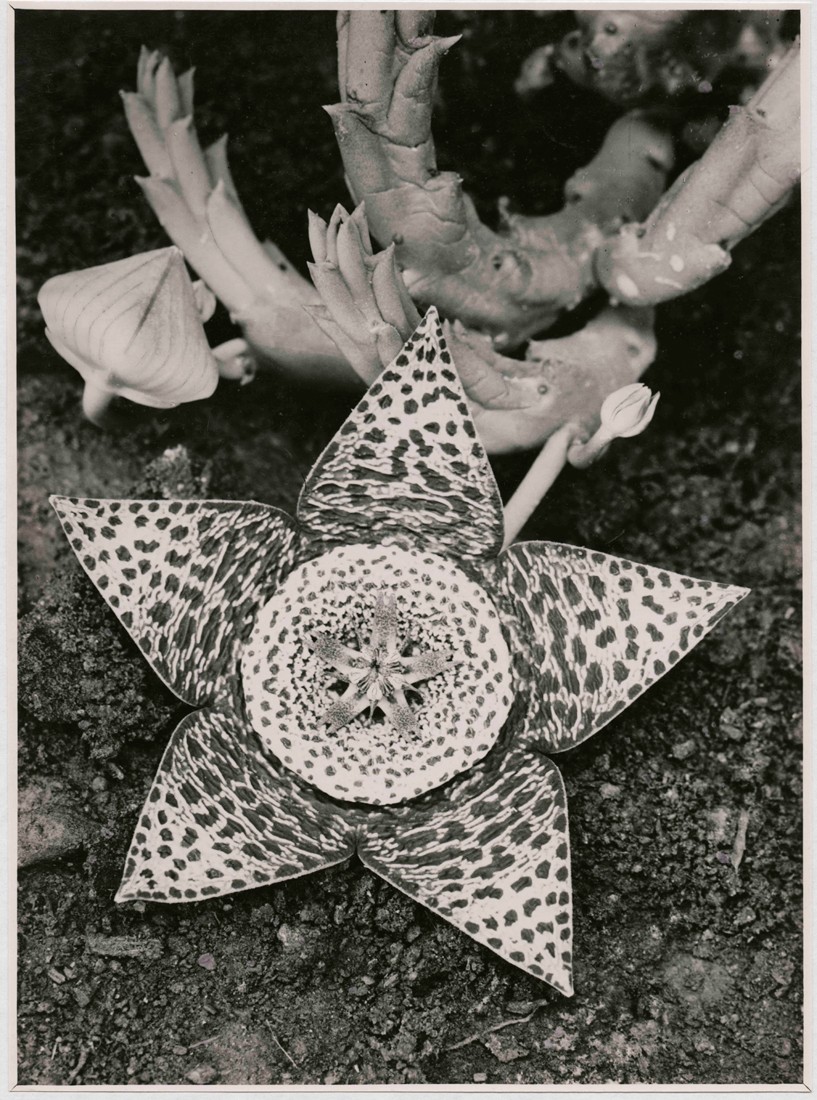
Albert Renger-Patzsch
Stapelia variegata, Asclepiadaceae, 1923
Albert Renger-Patzsch Archiv / Stiftung Ann und Jürgen Wilde. Pinakothek der Moderne, Munich. © Albert Renger-Patzsch / Archiv Ann und Jürgen Wilde, Zülpich / ADAGP, Paris 2017
Stapelia variegata, Asclepiadaceae, 1923
Albert Renger-Patzsch Archiv / Stiftung Ann und Jürgen Wilde. Pinakothek der Moderne, Munich. © Albert Renger-Patzsch / Archiv Ann und Jürgen Wilde, Zülpich / ADAGP, Paris 2017
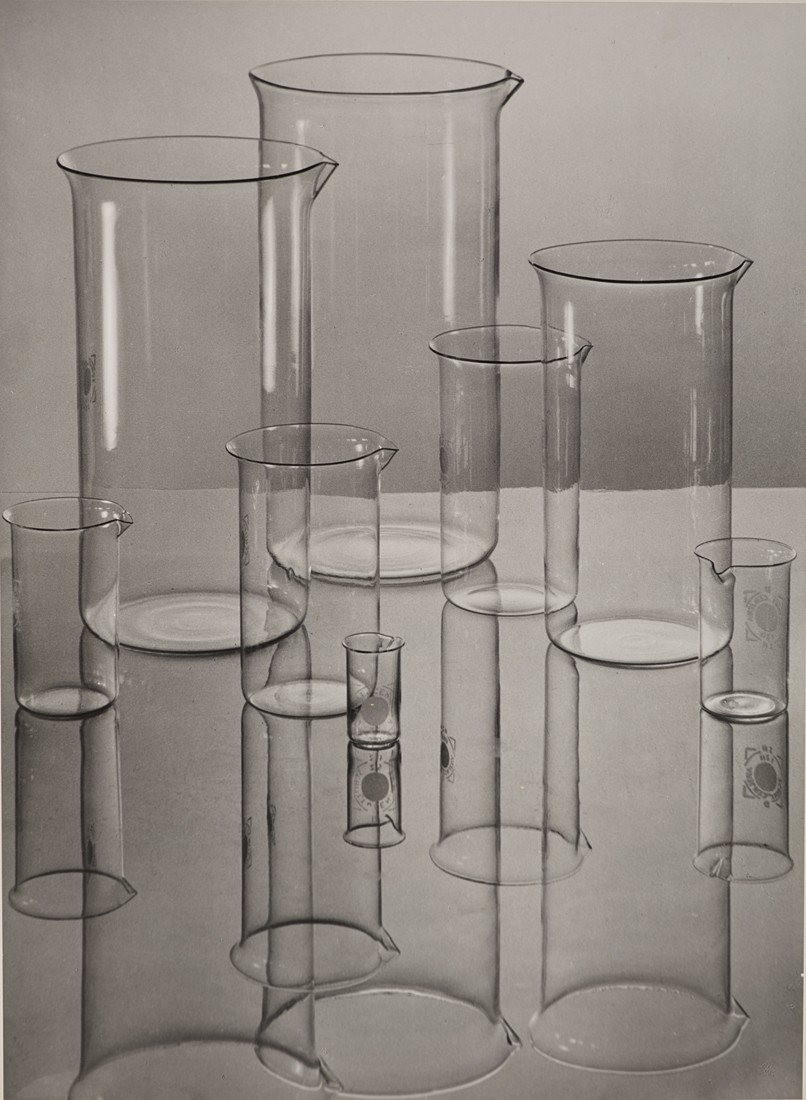
Albert Renger-Patzsch
Jenaer Glas (Zylindrische Gläser)
[Verrerie d’Iéna (béchers)], 1934
Museum Folkwang, Essen. © Albert Renger-Patzsch / Archiv Ann und Jürgen Wilde, Zülpich / ADAGP, Paris 2017
Jenaer Glas (Zylindrische Gläser)
[Verrerie d’Iéna (béchers)], 1934
Museum Folkwang, Essen. © Albert Renger-Patzsch / Archiv Ann und Jürgen Wilde, Zülpich / ADAGP, Paris 2017
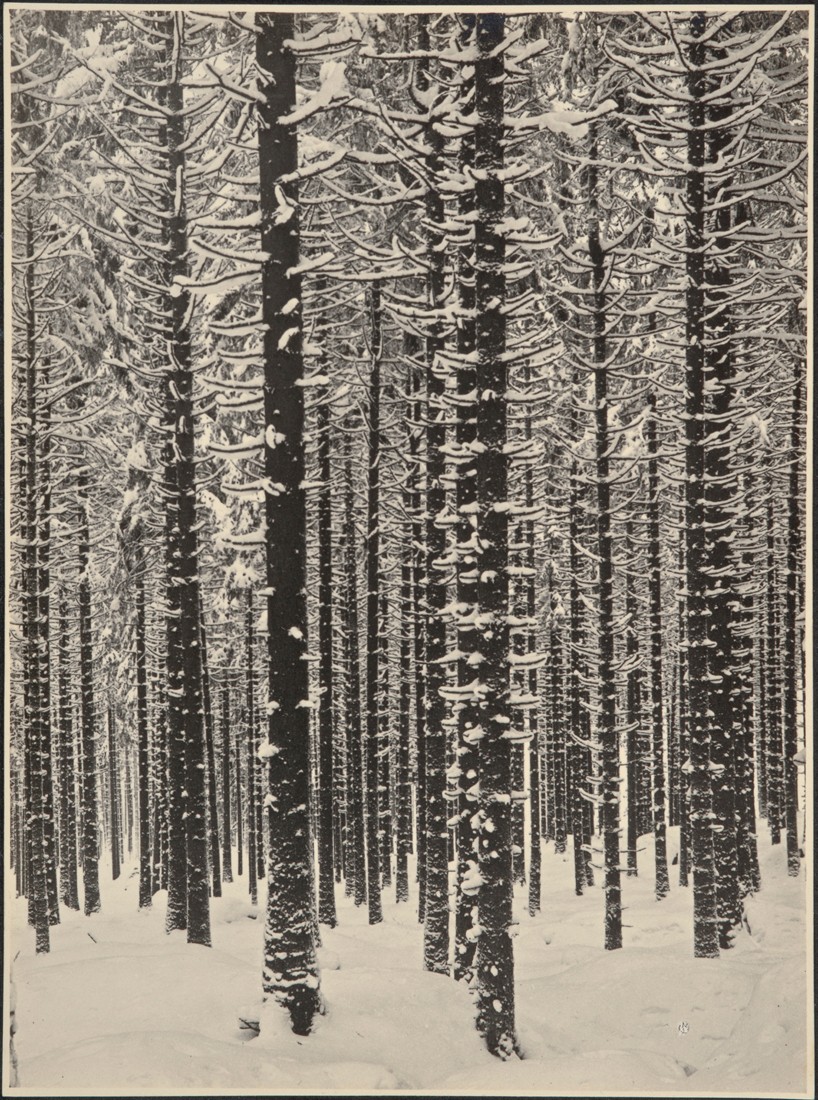
Albert Renger-Patzsch
Gebirgsforst im Winter (Fichtenwald im Winter)
[Forêt de montagne en hiver (forêt de sapins en hiver)], 1926
Galerie Berinson, Berlin. © Albert Renger-Patzsch / Archiv Ann und Jürgen Wilde, Zülpich / ADAGP, Paris 2017
Gebirgsforst im Winter (Fichtenwald im Winter)
[Forêt de montagne en hiver (forêt de sapins en hiver)], 1926
Galerie Berinson, Berlin. © Albert Renger-Patzsch / Archiv Ann und Jürgen Wilde, Zülpich / ADAGP, Paris 2017
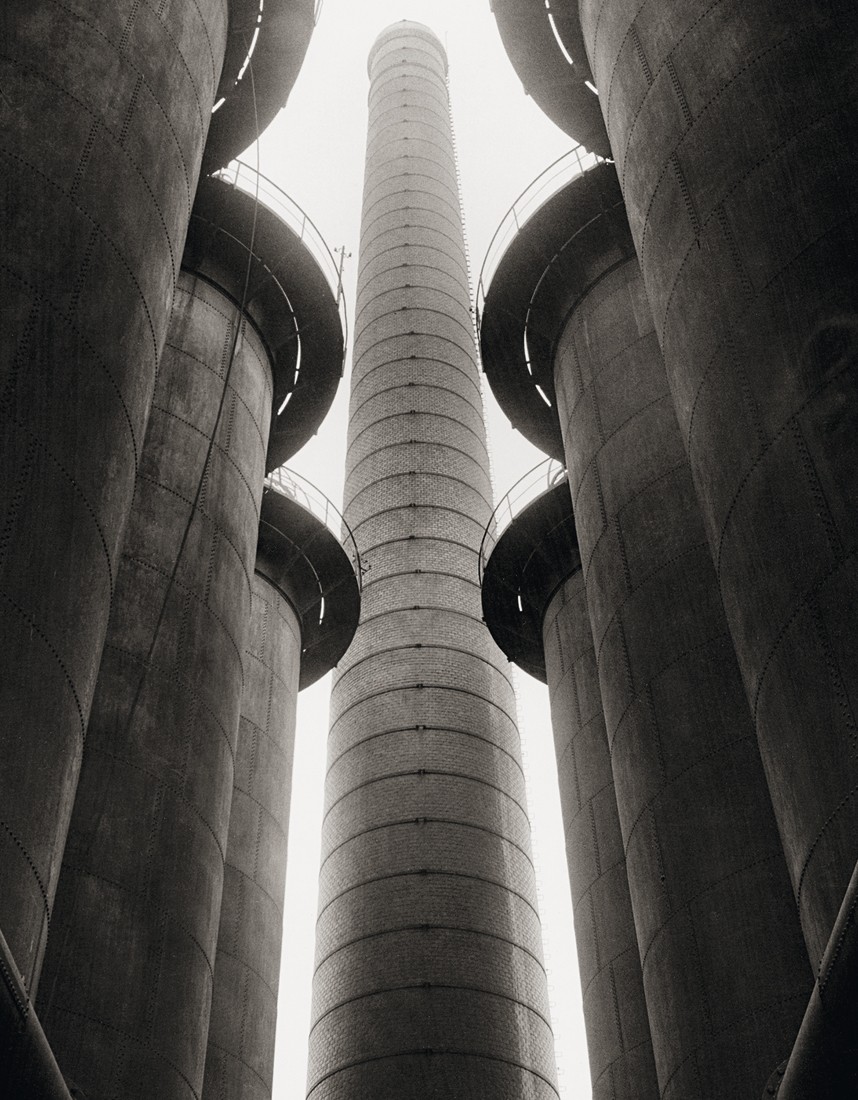
Albert Renger-Patzsch
Kauper, Hochofenwerk Herrenwyk, Lübeck
[Cowper, hauts fourneaux Herrenwyk, Lübeck], 1927
Albert Renger-Patzsch Archiv / Stiftung Ann und Jürgen Wilde, Pinakothek der Moderne, Munich. © Albert Renger-Patzsch / Archiv Ann und Jürgen Wilde, Zülpich / ADAGP, Paris 2017
Kauper, Hochofenwerk Herrenwyk, Lübeck
[Cowper, hauts fourneaux Herrenwyk, Lübeck], 1927
Albert Renger-Patzsch Archiv / Stiftung Ann und Jürgen Wilde, Pinakothek der Moderne, Munich. © Albert Renger-Patzsch / Archiv Ann und Jürgen Wilde, Zülpich / ADAGP, Paris 2017
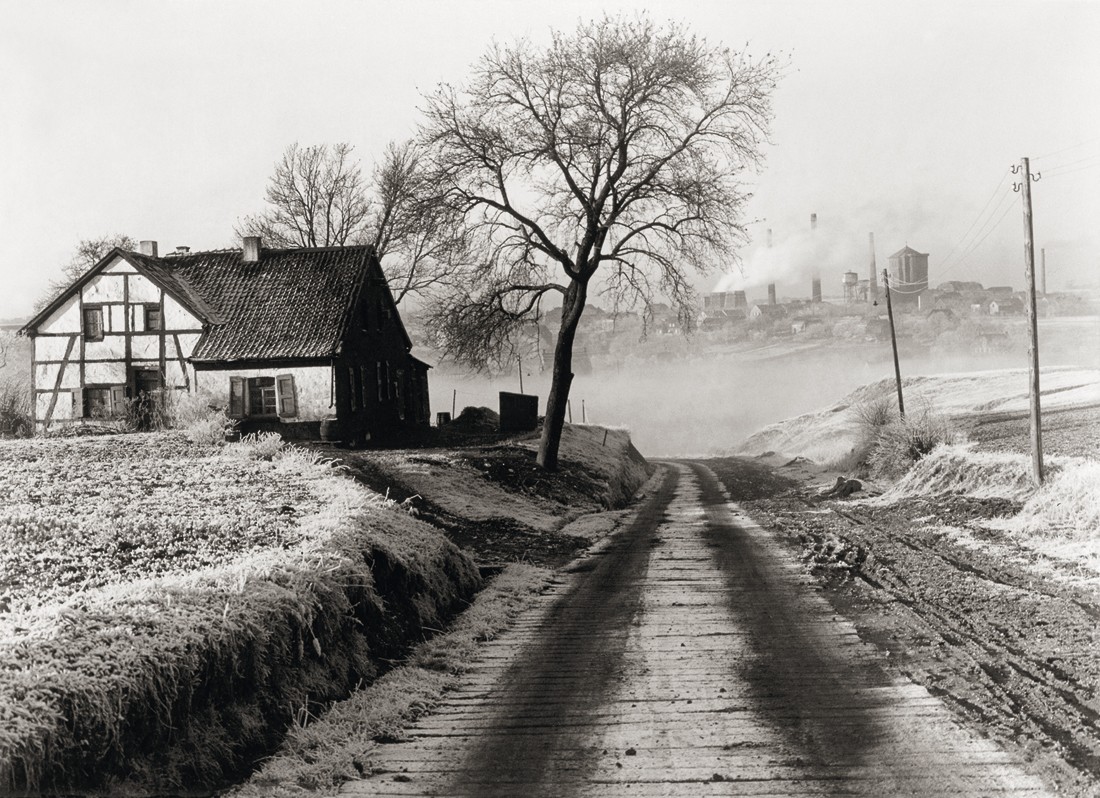
Albert Renger-Patzsch
Landschaft bei Essen und Zeche “Rosenblumendelle”]
[Paysage près d’Essen et charbonnage « Rosenblumendelle », 1928
Albert Renger-Patzsch Archiv / Stiftung Ann und Jürgen Wilde, Pinakothek der Moderne, Munich. © Albert Renger-Patzsch / Archiv Ann und Jürgen Wilde, Zülpich / ADAGP, Paris 2017
Landschaft bei Essen und Zeche “Rosenblumendelle”]
[Paysage près d’Essen et charbonnage « Rosenblumendelle », 1928
Albert Renger-Patzsch Archiv / Stiftung Ann und Jürgen Wilde, Pinakothek der Moderne, Munich. © Albert Renger-Patzsch / Archiv Ann und Jürgen Wilde, Zülpich / ADAGP, Paris 2017
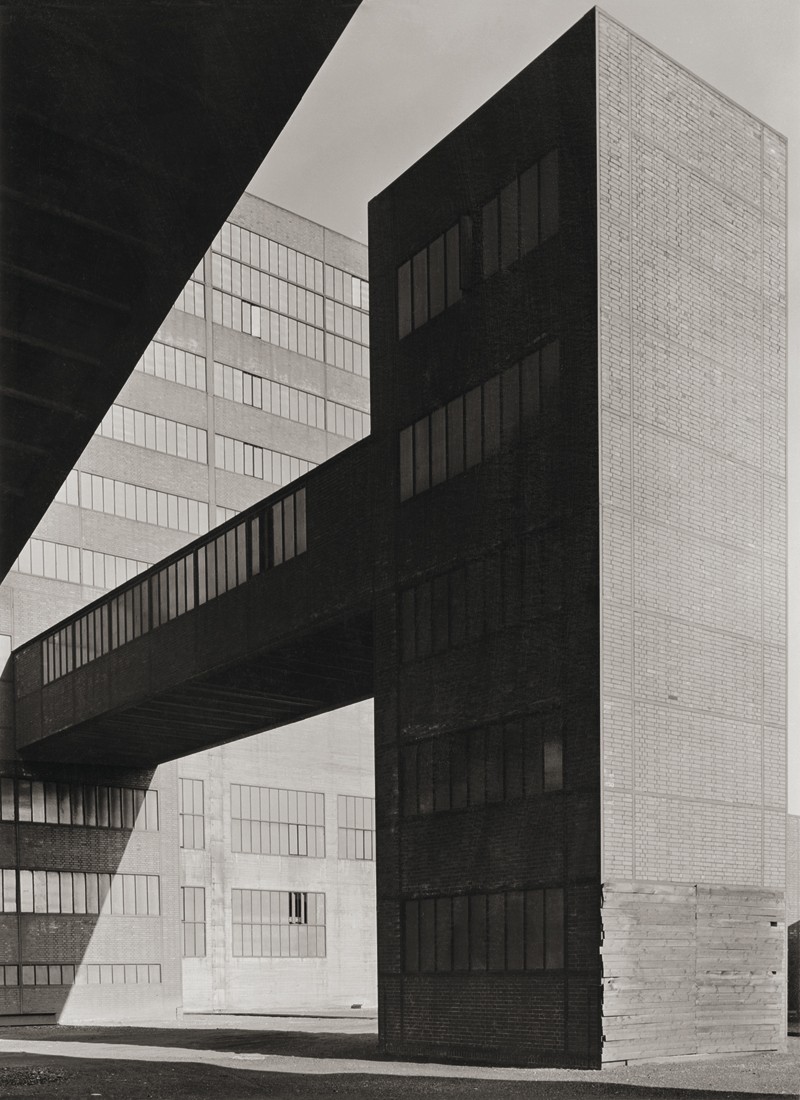
Zeche “Graf Moltke”, Gelsenkirchen-Gladbeck
[Charbonnage « Graf Moltke », dans le quartier de Gladbeck à Gelsenkirchen], 1952-1953
Albert Renger-Patzsch
Albert Renger-Patzsch Archiv / Stiftung Ann und Jürgen Wilde, Pinakothek der Moderne, Munich. © Albert Renger-Patzsch / Archiv Ann und Jürgen Wilde, Zülpich / ADAGP, Paris 2017
[Charbonnage « Graf Moltke », dans le quartier de Gladbeck à Gelsenkirchen], 1952-1953
Albert Renger-Patzsch
Albert Renger-Patzsch Archiv / Stiftung Ann und Jürgen Wilde, Pinakothek der Moderne, Munich. © Albert Renger-Patzsch / Archiv Ann und Jürgen Wilde, Zülpich / ADAGP, Paris 2017
ALBERT RENGER-PATZSCH
Things
17 October 2017 - 21 January 2018
Curator : Sergio Mah, professeur à Universidad NOVA, Lisbonne.
In addition to his role in the artistic movement known as New Objectivity, which emerged in Germany in the early 1920s, in the present day Albert Renger-Patzsch (1897-1966) is considered one of the most important and influential figures in the history of 20th-century photography.
The aim of this exhibition is to rediscover and pay tribute to the legacy of this unique photographer in the conviction that his work offers a context for encouraging reflection on the nature and artistic and speculative potential of photography within the framework of contemporary art and culture.
Of enormous simplicity and originality, Renger-Patzsch’s photography is notable for being based on a documentary style that prioritised realist sobriety and frankness as fundamental characteristics of photographic representation. In other words, his work offers a rigorous approach in technical and formal terms, in which the camera is only used to intensify our vision and aware of things. For Renger-Patzsch, this not only explained his photographic procedures but above all the potential for an aesthetic and conceptual identity for photography that visibly distanced itself from the Pictorialist legacy and from the hybrid experimentalism characteristic of the early 20th-century avant-gardes.
[...]
This retrospective aims to encompass the principal themes, periods and genres that define Renger-Patzsch’s photographic output through the identification of three moments that are fundamental for an understanding of his career: firstly, his early years, from his photographs of plants taken for Folkwang/Auriga publishers, to the profusion of themes and photographic eclecticism which would be decisive for the creation of his book Die Welt ist schön (The World is beautiful) of 1928. The period that began after his move to Essen was one of intense photographic creation on the Ruhr area, principally involving subjects associated with places, buildings and industrial objects. Finally, the years after World War II reveal a new interest in the themes of nature and landscape particularly trees and rocks.
Including around 190 photographs, this is one of the largest retrospectives on the artist to date and undoubtedly the one to bring together the largest number of works by Renger-Patzsch from institutional and private collections: the Stiftung Ann ind Jürgen Wilde / Pinakothek der Moderne München (Munich), the Folkwang Museum (Essen), the Museum für Kunst und Gewerbe Hamburg (Hamburg), the Ludwig Museum (Cologne), the Bauhaus-Archiv / Museum für Gestaltung in Berlin (Berlin), the Berinson Gallery (Berlin), the Kicken Gallery (Berlin), the Centre Georges Pompidou (Paris), the Metropolitan Museum of Art (New York), and the Getty Museum (Los Angeles).
Exhibition organised by the Fundación MAPFRE, Madrid, in cooperation with the Jeu de Paume with the special collaboration and scientific support of the Fondation Ann und Jürgen Wilde, Pinakothek der Moderne, Munich.
With the help of the Institut Goethe de Paris.
Thanks to the Hôtel Chavanel, Paris.
Media partners: À Nous Paris, Paris Première, Radio Classique
Things
17 October 2017 - 21 January 2018
Curator : Sergio Mah, professeur à Universidad NOVA, Lisbonne.
In addition to his role in the artistic movement known as New Objectivity, which emerged in Germany in the early 1920s, in the present day Albert Renger-Patzsch (1897-1966) is considered one of the most important and influential figures in the history of 20th-century photography.
The aim of this exhibition is to rediscover and pay tribute to the legacy of this unique photographer in the conviction that his work offers a context for encouraging reflection on the nature and artistic and speculative potential of photography within the framework of contemporary art and culture.
Of enormous simplicity and originality, Renger-Patzsch’s photography is notable for being based on a documentary style that prioritised realist sobriety and frankness as fundamental characteristics of photographic representation. In other words, his work offers a rigorous approach in technical and formal terms, in which the camera is only used to intensify our vision and aware of things. For Renger-Patzsch, this not only explained his photographic procedures but above all the potential for an aesthetic and conceptual identity for photography that visibly distanced itself from the Pictorialist legacy and from the hybrid experimentalism characteristic of the early 20th-century avant-gardes.
[...]
This retrospective aims to encompass the principal themes, periods and genres that define Renger-Patzsch’s photographic output through the identification of three moments that are fundamental for an understanding of his career: firstly, his early years, from his photographs of plants taken for Folkwang/Auriga publishers, to the profusion of themes and photographic eclecticism which would be decisive for the creation of his book Die Welt ist schön (The World is beautiful) of 1928. The period that began after his move to Essen was one of intense photographic creation on the Ruhr area, principally involving subjects associated with places, buildings and industrial objects. Finally, the years after World War II reveal a new interest in the themes of nature and landscape particularly trees and rocks.
Including around 190 photographs, this is one of the largest retrospectives on the artist to date and undoubtedly the one to bring together the largest number of works by Renger-Patzsch from institutional and private collections: the Stiftung Ann ind Jürgen Wilde / Pinakothek der Moderne München (Munich), the Folkwang Museum (Essen), the Museum für Kunst und Gewerbe Hamburg (Hamburg), the Ludwig Museum (Cologne), the Bauhaus-Archiv / Museum für Gestaltung in Berlin (Berlin), the Berinson Gallery (Berlin), the Kicken Gallery (Berlin), the Centre Georges Pompidou (Paris), the Metropolitan Museum of Art (New York), and the Getty Museum (Los Angeles).
Exhibition organised by the Fundación MAPFRE, Madrid, in cooperation with the Jeu de Paume with the special collaboration and scientific support of the Fondation Ann und Jürgen Wilde, Pinakothek der Moderne, Munich.
With the help of the Institut Goethe de Paris.
Thanks to the Hôtel Chavanel, Paris.
Media partners: À Nous Paris, Paris Première, Radio Classique
